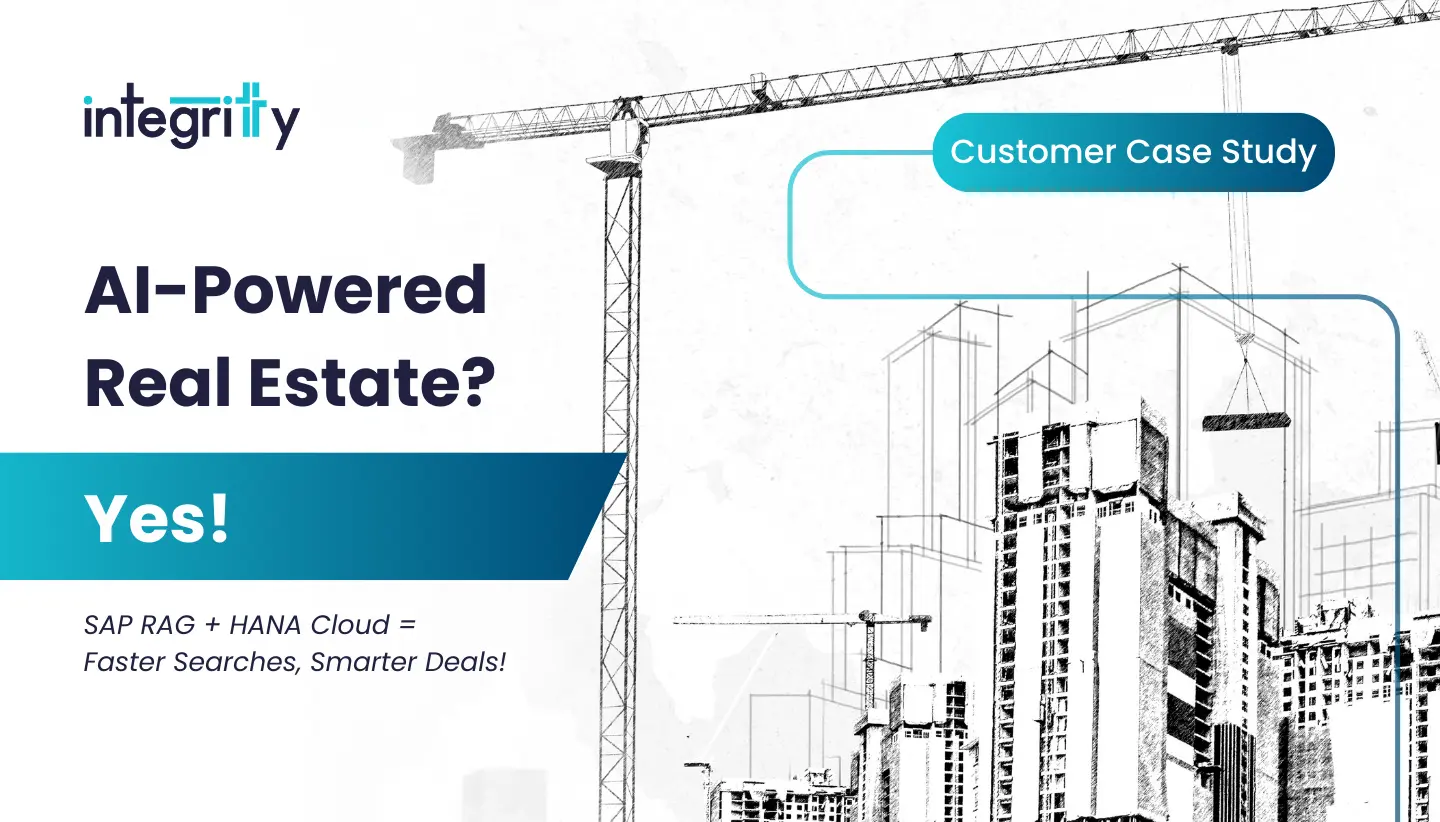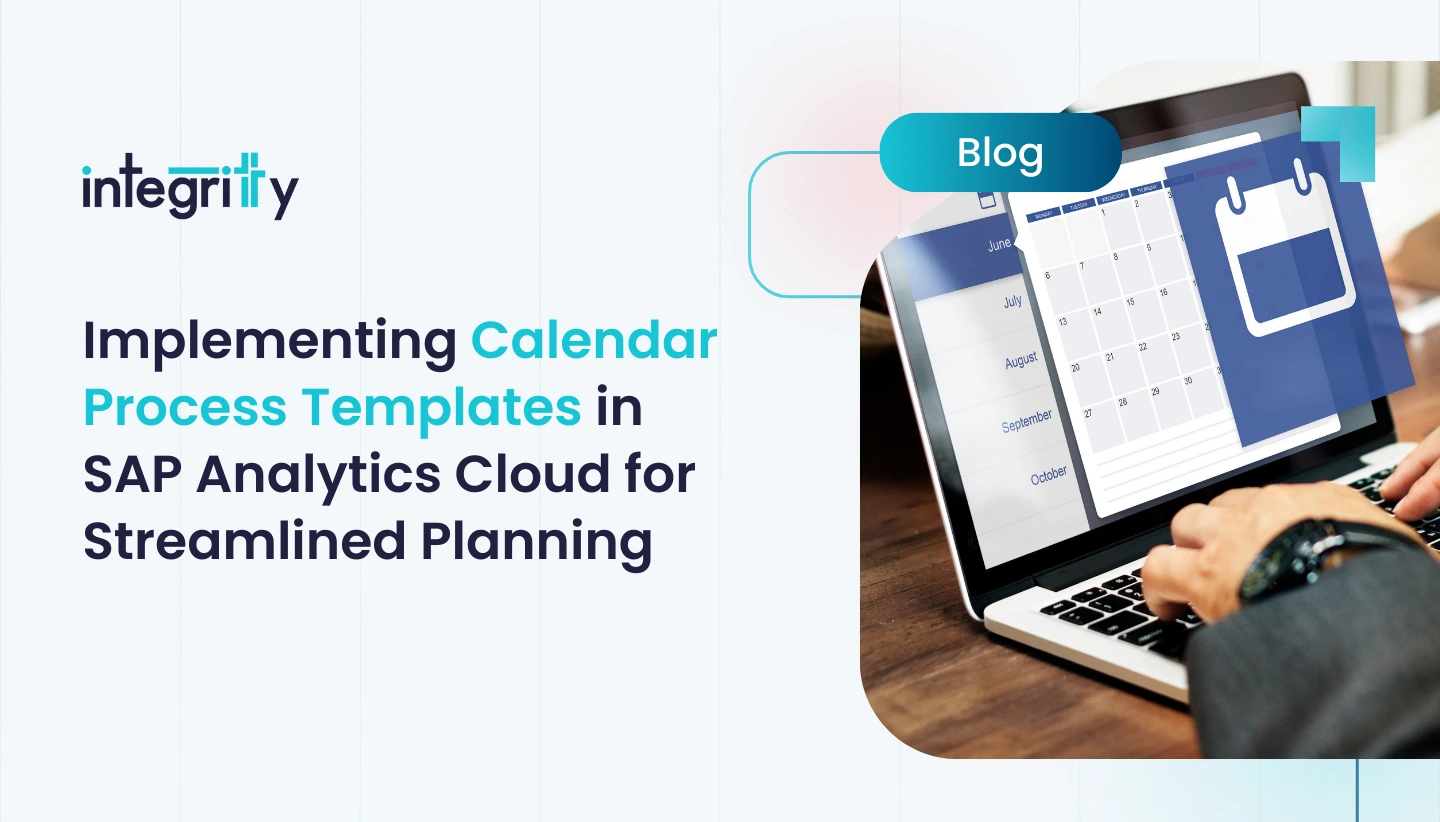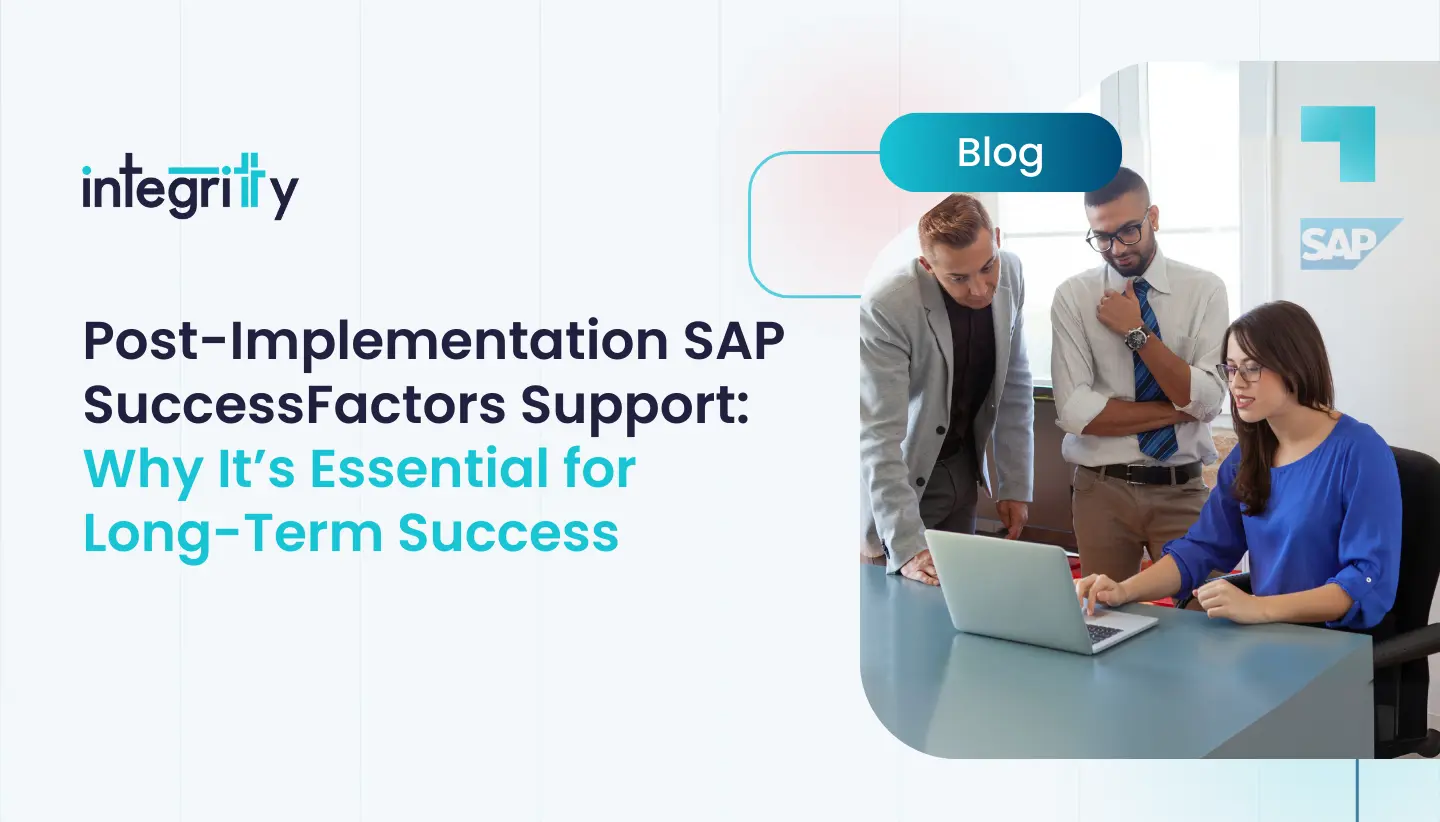HR metrics aren’t just numbers; they’re the heartbeat of your organization, offering invaluable insights into the cost and impact of employee programs and processes. SAP HR Reports play a crucial role in compiling these metrics.
Not only do they help you track and quantify the efforts of Human Resources, but when leveraged properly, can provide actionable insights that can drive the overall success of your company.
HR metrics alone won’t help you with anything beyond reporting, but providing insight into those analytics and telling the story behind the numbers is where you can prove your value.
Because HR has had such a troubled history of providing analytics that resonates with upper management, it’s time to translate those metrics into actionable insights that will tangibly elevate the value of HR reporting.
Key SAP HR Reports to Read Into
There are plenty of activities across the company that fall under the SAP HR Reports umbrella, but to show palpable numbers with dollar associations is where you can get the “sticky” insights that matter most to your executive team. Here are some areas of HR data that will help you use your “people data” to create value:
-
- Employee Retention
-
- New Hire
-
- Employee Satisfaction
-
- Revenue Per Employee
1. Employee Retention
Employee retention involves both turnover and tenure. Combined with the new hire metrics, this will give you some true Hard Costs to tell a story with.
Turnover
If you look at the end of the year and see that you lost 12 employees this year, that is not even the tip of the iceberg to what it means to the company. Which 12 employees did you lose? Were they top performers? Or maybe they were a bad fit for the company and it was mutually beneficial for them to move on? Losing 3 top performers could be more detrimental to your company than 9 bottom feeders. If you look deeper into your employee turnover and see that you are losing some top employees, you can look to why they left and make adjustments accordingly to keep your best workers on the team longer.
Tenure
With tenure, it’s not just about the average length of time your employees have with the company, but which employees are they? Why are they staying longer? Why are they leaving sooner? It’s important to recognize that there is good turnover and bad turnover, so the pure number alone of tenure isn’t very insightful.
Actionable Insight
Make adjustments to improve the reasons that top performers are leaving. By keeping those employees in place, you’ll reduce the Hard Costs of recruiting and onboarding a new employee, who will not likely match a top performer’s efficiency for quite some time.
2. New Hire HR Reports
Time To Fill
Time To Fill is not a new metric for SAP HR Reports, but this data can be better used. How long will the sales department be down a sales rep bringing in new customers? How long will the short-staffed operations team need to work overtime while the last spot on the team is vacant?
Cost Per Hire
Recruiter costs (internal or outsourced), referral costs, time for the interviewing process, potential travel expenses or relocation costs, they all add up to real money. Your recruiting costs to fill an empty position will tie into your Employee Retention story as well.
Employee Onboarding
How long will it take to get your new employee up to speed? Training not only takes up the time of the new employee, but also the time of whoever is training them, which can sometimes be overlooked. Once a new employee is working in full capacity, how long until they are operating at a level of the person that they replaced?
Actionable Insight
After you’ve recognized what could be driving top performers away and making improvements to increase their tenure, you’ll be saving the real Costs of going through the full new hire process. You can tell a better story knowing that without a sales rep for 3 weeks, or down an operational position for a month, you’ll be losing out on X number of new business revenue and you’re paying out X dollars in overtime. That’s something that will stick in an executive’s mind.
3. Employee Satisfaction
Measuring employee satisfaction might seem difficult, but there are numbers that can be tracked to provide some solid information, and numbers are what stick with upper management. Think about which employees are leaving and why.
What’s your employee absent rate?
Does it trend higher in different areas of the company or different types of employees?
Who are your most efficient employees?
An unhappy employee, is not going to be nearly as productive as someone who is satisfied with their job, company, and career path. And of course, there’s the good ole fashioned employee survey.
Actionable Insight
Start combining data from different areas to tell a story about how happy your employees are. Take the insights from that data and recommend improvements based on the signals from employee turnover, absentee rate, and efficiency. This will keep your employees with the company longer (reducing new hire costs) and improve employee efficiency (increased revenue per employee). These all can be done with SAP HR Reports.
4. Revenue Per Employee
Time spent (on different types of tasks), work delivered, goals achieved = efficiency The right time and labor management solution will help you better track when and where your employees are working on what. With today’s technology, you can have precise data on how long an employee is working on a certain task or project and how well they achieved that project’s goal.
Actionable Insight
Knowing which employees are able to complete work faster and provide higher quality work will help you profile better for new hires and create processes based on top performers that can be implemented in training for those in the middle of the pack. You can also recognize the bottom performers traits so that you can better spot them in the recruiting process and avoid potential bad hires.
Looking to elevate your HR reporting and transition into a more insightful organization? Contact us at info@integritty.com






